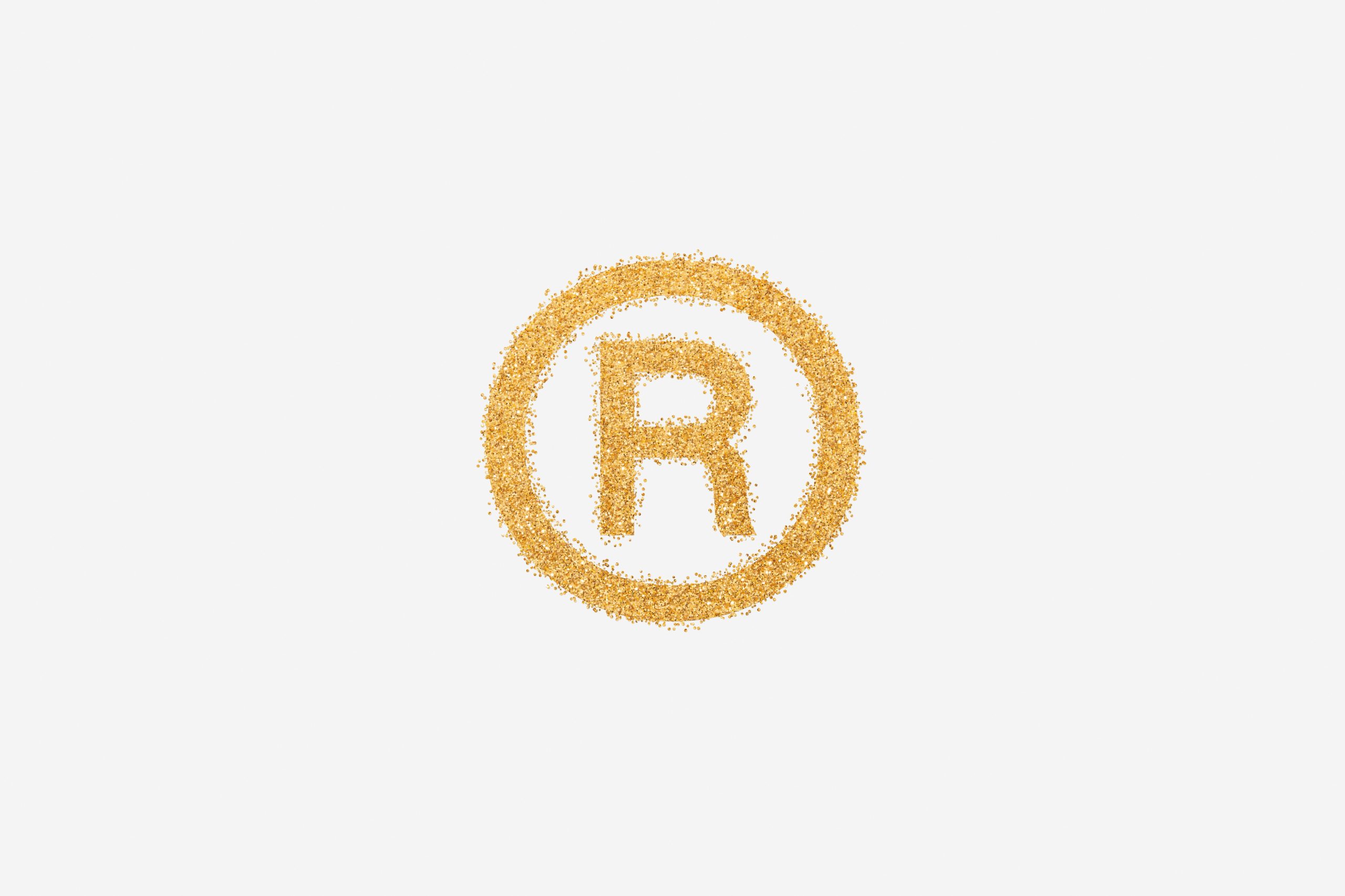How To Register Trademark? Guide For Register Trademark India – Guest Post

Registering a trademark is a crucial step for businesses and individuals looking to protect their brands and intellectual property. Trademark registration India offers legal recognition and exclusive rights to the trademark owner, preventing others from using similar marks in connection with similar goods or services.
This comprehensive guide is designed to provide you with a step-by-step process for registering your Trademark Registration Online in India with JustStart.
From conducting a thorough Registered Trademark search to filing the application and navigating the legal requirements, this guide will equip you with the necessary knowledge and practical tips to successfully register your trademark in accordance with Indian laws.
Whether you are an entrepreneur, business owner, or creative professional, this guide will serve as your go-to resource for understanding and completing the trademark registration process in India.
Why Does My Business Need A Trademark?
A trademark is crucial for your business as it provides legal protection for your brand and prevents others from using similar marks.
It helps build brand recognition, establish consumer trust, and differentiate your products or services in the market. A trademark also enhances marketability, enables enforcement against infringers, and safeguards your reputation.
What Benefit Do I Get From Trademark Registration?
Apply Trademark Registration Online, particularly online, provides legal protection, enhances brand recognition, offers nationwide coverage, serves as evidence in disputes, allows monetization opportunities, and streamlines the registration process.
It safeguards your brand, establishes ownership, and prevents unauthorized use, Advantage Of Trademark registration Online In India as individuals and businesses alike.
How To Register A Trademark In India?
here are the short steps on how to register a Trademark Registration Online:
1. Conduct a trademark search. This will help you to determine if there are any other trademarks that are similar to your proposed Trademark Registration Online. You can do this online through the website of the Indian Trade Marks Registry.
2. Prepare the trademark application– The application must be filed in Form TM-A and must include the following information:
- The trademark itself
- The goods or services that the trademark will be used for
- The applicant’s name and address
- The applicant’s nationality
- The date on which the trademark was first used in India
3. File the trademark application– The application can be filed online or at the Indian Trade Marks Registry office in your jurisdiction.
4. Pay the trademark registration fee– The fee varies depending on the number of classes of goods or services that you are registering your trademark for.
How Is Trademark Different From Copyright And Patent?
Copyrights, patents, and trademarks are three different types of intellectual property protection. A trademark safeguards brand names, logos, or symbols that distinguish goods/services.
Copyrights protect original artistic or literary works, while patents cover inventions or unique processes. Each form provides specific rights and safeguards different aspects of intellectual property.
Who Can Apply For Trademark?
Any individual, business entity, or legal entity, including companies, partnerships, and even individuals operating as sole proprietors, can apply for a trademark. The eligibility to apply for a trademark is not restricted to any specific group or category, allowing a wide range of applicants to seek protection for their distinctive marks.
Conclusion For How To Register a Trademark?
Registering a trademark in India is crucial for brand protection. This guide has covered the process from search to application filing.
Follow the guidelines, understand legal requirements, and seek professional help if necessary for a smooth registration experience. Secure exclusive rights and safeguard your brand in India.
How Can I Register For A Trademark?
To register for a trademark, you need to conduct a thorough search, prepare the application with required details, submit it to the relevant trademark office, and pay the prescribed fees.
What Is The Time Period Of Trademark Registration?
The time period for trademark registration can vary depending on several factors, including the jurisdiction and the complexity of the application. Generally, trademark registration can take anywhere from several months to a few years to complete.
How Long Does It Take To Register A Trademark?
The time required to register a trademark can vary, but it typically takes several months to a year or more. The duration depends on factors such as the jurisdiction, the complexity of the application, potential objections or oppositions, and the backlog of applications at the trademark office.
Can I Register Trademark Myself In India?
Yes, self-registration of trademarks is possible in India. However, it is recommended to understand the process and requirements well to ensure a smooth registration. Professional help is available if needed.



Recent Comments